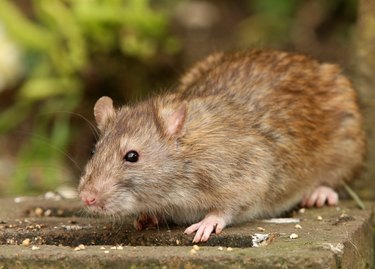
Whether they're tiny holes or large burrows, any animal-caused damage to your lawn surely will catch your attention. Before you can attack the problem, you need to find out what type of animal caused the damage. The culprits range from harmless earthworms to destructive groundhogs or disease-causing rats.
Assessing the Damage
Video of the Day
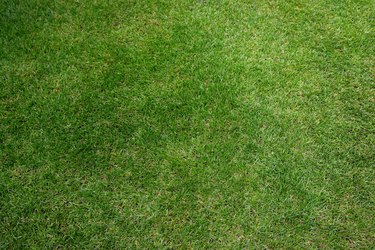
Some burrowing animals may dig only at certain times of year or only in certain areas, so knowing the wildlife in your area and their habits can help solve the mystery of what tore up your yard. In general, birds and insects make small holes, while mammals dig larger holes or tunnels. Your local university agriculture extension office can offer advice once you have tracked down what digs in your lawn.
Video of the Day
Insects and Invertebrates

If you find small holes, you likely have insects, worms or even crayfish in your yard. Earthworms leave small holes surrounded by inch-high mounds of pellets, especially during wet weather. Beetles cause half-inch holes as they crawl out of the ground when they have developed into adults. Several types of wasps leave small holes with unpacked soil around them, normally in areas without much grass. In soggy ground near bodies of water, you may find cones of mud, a sign that crayfish have migrated onto your lawn.
Birds
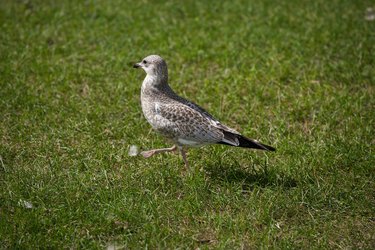
If you see holes about the width of a drinking straw with no disturbed soil around them, birds have sought a meal of insects or worms in your lawn. Although bird pecks can resemble damage done by skunks, birds leave behind pulled-out grass, but not larger areas of disturbed turf. Birds do most of their damage in the autumn and during the daytime.
Foraging Mammals
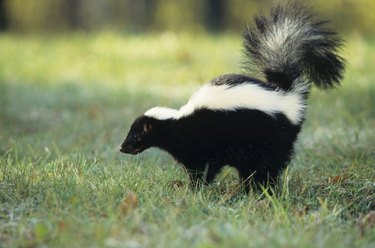
Mammals digging for insects make large holes or damage entire swaths of lawn. Skunks forage with almost surgical precision, digging up grass and making cones of soil where they find their meals. Wide areas of ripped-apart grass indicate a raccoon has been raking your lawn in search of bugs. Armadillo damage also covers a large area, but in a less haphazard manner. Squirrels will dig holes to bury nuts and then dig them up later.
Burrowing Mammals
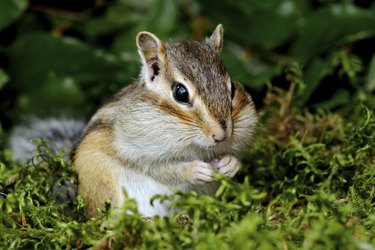
Animals making a home or tunneling under the ground will leave behind much more noticeable damage. Field mice, also called voles, eat plants and dig tunnels under a lawn, commonly leaving entrances the size of a golf ball in landscaping areas. With moles, however, you may see tunnels with small mounds of dirt near the entry holes. Holes about 2 inches across near wood piles or tree stumps signal chipmunks making homes, while bigger holes in the same spot could mean a rat problem. A large burrow with a lot of disturbed soil near a building or the edge of a lawn probably means a woodchuck or groundhog has moved in.